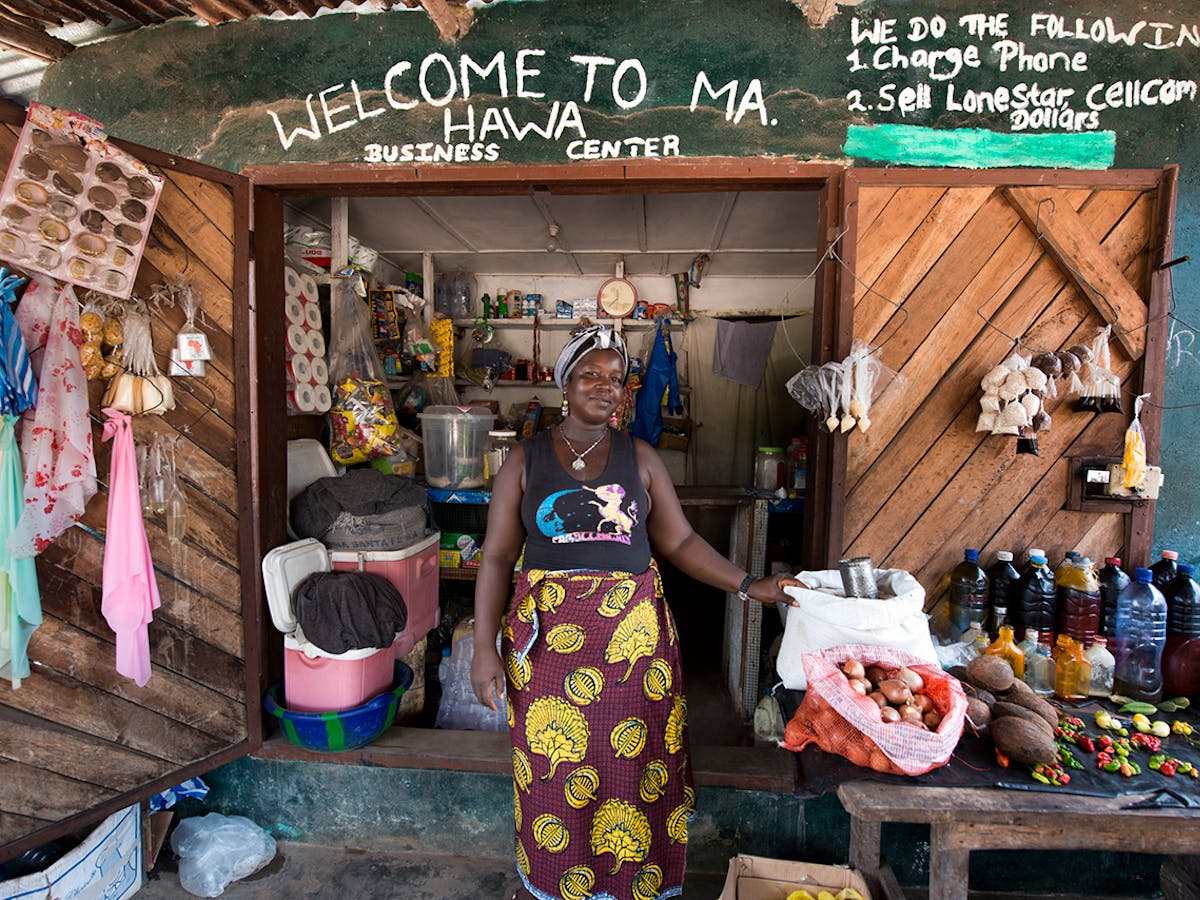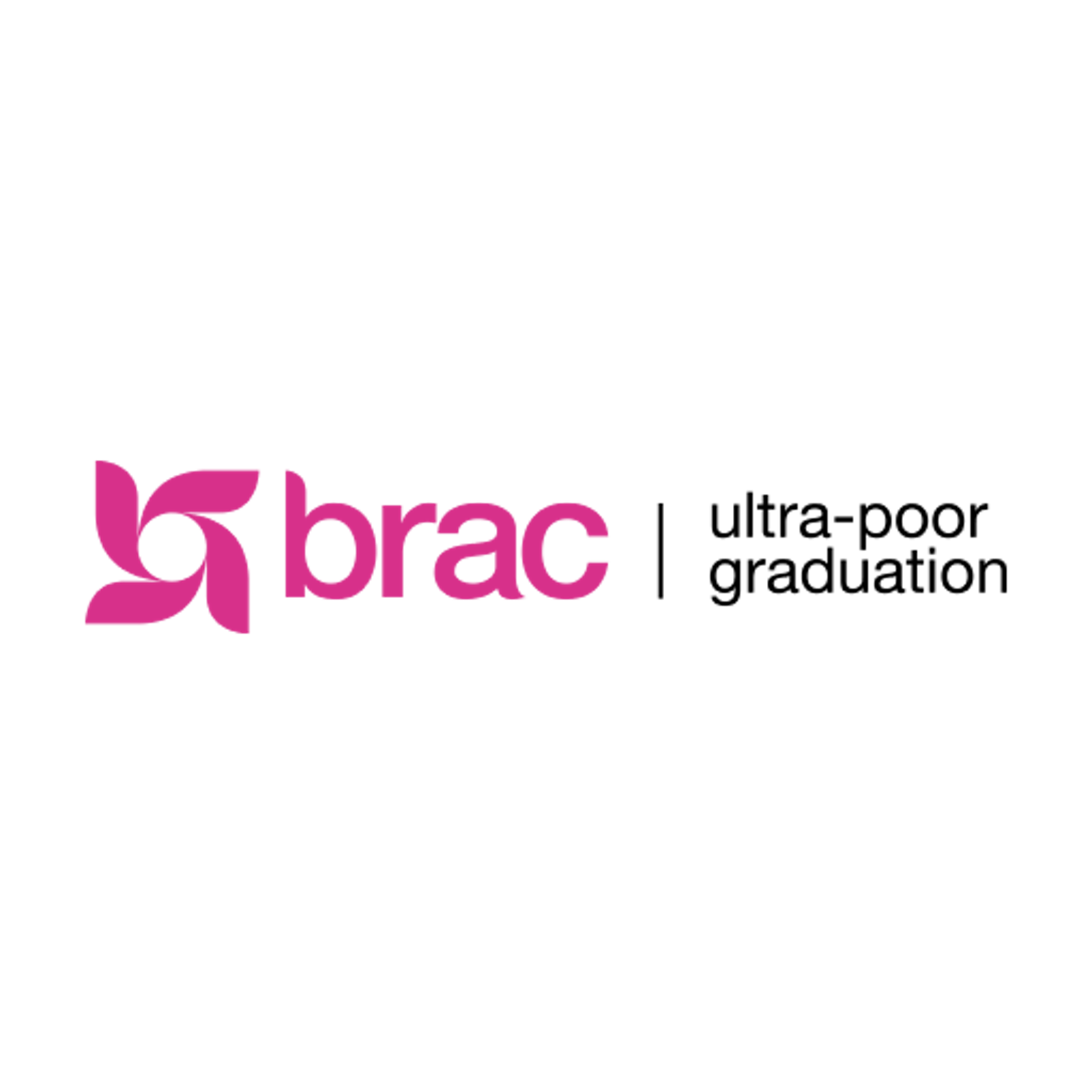We’ve entered 2022 with some promising news – at the close of last year, the World Bank announced a $93 billion replenishment package of the International Development Association (IDA) to help low-income countries respond to the COVID-19 crisis and build a greener, more resilient, and inclusive future.
The financing package is the largest ever mobilization in IDA’s 61-year history. Funds will be dispersed to the world’s 74 poorest countries under the 20th replenishment (IDA20) program, which focuses on helping countries recover from the impacts of the COVID-19 crisis. In these countries, the ongoing pandemic is worsening poverty, undermining growth, and jeopardizing the prospects of resilient and inclusive development.
Civil society and practitioners played a critical role in pushing IDA 20 negotiations to address these challenges head on, by centering those hardest hit by existing and COVID-related inequalities in funding and programming. The Leadership Collaborative to End Ultra-Poverty, a group of economic inclusion programming practitioners and academics including BRAC, joined 21 other organizations to submit recommendations based on deep experience working directly with communities in extreme poverty. Chief among our recommendations was the need to ensure the poorest people would not be inadvertently excluded from well-meaning measures that nevertheless fail to properly reach and address their multidimensional needs. Across commitments to invest in human capital, economic inclusion programming for women, and building adaptive social protection programs, we pushed the Bank to be more ambitious and rigorous in its approach to include people in need.
In response, IDA Deputies agreed to modify language of the existing policy commitment for scaling up adaptive safety nets to ensure priority coverage for the poorest and most vulnerable people. More ambitious revisions to the social safety nets program also mean support is now expected to reach as many as 375 million people. This will have significant impacts for how social safety net programs are scaled in more than 20 IDA countries, and will support the inclusion of people in extreme poverty who are so often unable to access the services intended for their use.
However, much more remains to be done in support of COVID recovery and spurring the international community towards greater action for the poorest people. While extreme poverty spikes are expected to gradually return to 2018 levels throughout this year as wealthier countries’ economies recover from the economic impact of COVID-19, these projections still mean four years of lost progress on poverty eradication. There will still be nearly 700 million people living in extreme poverty, many of whom live outside of IDA countries, who will likely be excluded by current programs unless the international community acts swiftly and commits significantly more resources to reach and meet the long-term needs of people who are furthest behind. In addition to a $78 billion annual funding gap for social protection programs that have proven critical for keeping people from falling back into extreme poverty during the pandemic, it is clear we cannot simply rely on just one ambitious IDA package to solve the many problems that face people living in extreme poverty.
For more on The Leadership Collaborative to End Ultra-Poverty’s proposals for IDA20, read Global leaders are funding a historic COVID response for the world’s poorest countries, but will it reach those who need it most?
Other resources:
IDA Factsheet, President’s Remarks, and 10 Things You Should Know About IDA.

